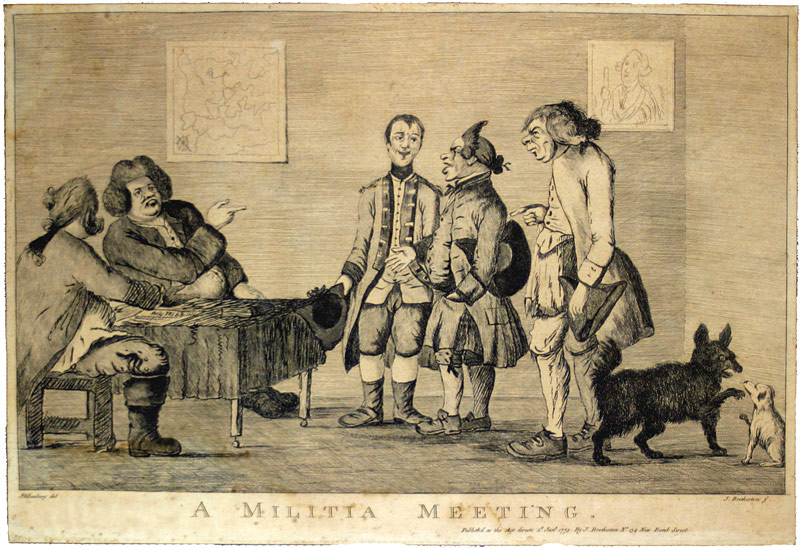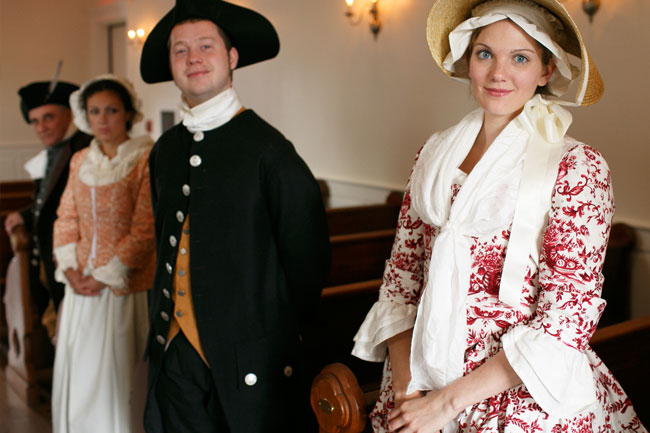Does Orange Pekoe Tea Taste of Oranges?
[caption id="attachment_20171" align="alignleft" width="225"] William III Statue at Kensington Palace[/caption]
Every tea room owner can tell you a story about a customer who sent back their pot of Orange Pekoe tea because it did not taste of oranges.
The answer to the drinker’s dilemma may be found in the fact that Orange Pekoe is one of the most common grades of tea manufactured in India or Sri Lanka. But don't expect to find dried oranges, orange peel or orange flavoring in your Orange Pekoe Tea.
‘Orange’ may come from Holland’s ruling monarchy ‘House of Orange’ — after all, Holland was the first European country to import and export Chinese teas.
The word ‘pekoe’, derived from the Chinese word pek— ho or baihao, refers to the tiny silvery hairs on the underside of fresh tea buds. It resembles the cilia on a baby's ear lobe.
The term may have come about when Dutch traders purchased pekoe - or baihao - tea at great cost from Chinese merchants. Those traders then presented a chest of the valuable tea to the Orange household and named the rare leaf in honor or the royal family: Orange Pekoe Tea.
Pekoe eventually became the root of the British tea industry's grading system installed in the 1800s throughout India and Sri Lanka.
William, the best known British king of Dutch descent, was married to Mary. His statue stands today at the gates of Kensington Palace. And of course there is that Williamsburg College named in honor of the royal couple.
I think that Orange Pekoe tea should be the tea of choice on that historic campus!
William III Statue at Kensington Palace[/caption]
Every tea room owner can tell you a story about a customer who sent back their pot of Orange Pekoe tea because it did not taste of oranges.
The answer to the drinker’s dilemma may be found in the fact that Orange Pekoe is one of the most common grades of tea manufactured in India or Sri Lanka. But don't expect to find dried oranges, orange peel or orange flavoring in your Orange Pekoe Tea.
‘Orange’ may come from Holland’s ruling monarchy ‘House of Orange’ — after all, Holland was the first European country to import and export Chinese teas.
The word ‘pekoe’, derived from the Chinese word pek— ho or baihao, refers to the tiny silvery hairs on the underside of fresh tea buds. It resembles the cilia on a baby's ear lobe.
The term may have come about when Dutch traders purchased pekoe - or baihao - tea at great cost from Chinese merchants. Those traders then presented a chest of the valuable tea to the Orange household and named the rare leaf in honor or the royal family: Orange Pekoe Tea.
Pekoe eventually became the root of the British tea industry's grading system installed in the 1800s throughout India and Sri Lanka.
William, the best known British king of Dutch descent, was married to Mary. His statue stands today at the gates of Kensington Palace. And of course there is that Williamsburg College named in honor of the royal couple.
I think that Orange Pekoe tea should be the tea of choice on that historic campus!
 William III Statue at Kensington Palace[/caption]
Every tea room owner can tell you a story about a customer who sent back their pot of Orange Pekoe tea because it did not taste of oranges.
The answer to the drinker’s dilemma may be found in the fact that Orange Pekoe is one of the most common grades of tea manufactured in India or Sri Lanka. But don't expect to find dried oranges, orange peel or orange flavoring in your Orange Pekoe Tea.
‘Orange’ may come from Holland’s ruling monarchy ‘House of Orange’ — after all, Holland was the first European country to import and export Chinese teas.
The word ‘pekoe’, derived from the Chinese word pek— ho or baihao, refers to the tiny silvery hairs on the underside of fresh tea buds. It resembles the cilia on a baby's ear lobe.
The term may have come about when Dutch traders purchased pekoe - or baihao - tea at great cost from Chinese merchants. Those traders then presented a chest of the valuable tea to the Orange household and named the rare leaf in honor or the royal family: Orange Pekoe Tea.
Pekoe eventually became the root of the British tea industry's grading system installed in the 1800s throughout India and Sri Lanka.
William, the best known British king of Dutch descent, was married to Mary. His statue stands today at the gates of Kensington Palace. And of course there is that Williamsburg College named in honor of the royal couple.
I think that Orange Pekoe tea should be the tea of choice on that historic campus!
William III Statue at Kensington Palace[/caption]
Every tea room owner can tell you a story about a customer who sent back their pot of Orange Pekoe tea because it did not taste of oranges.
The answer to the drinker’s dilemma may be found in the fact that Orange Pekoe is one of the most common grades of tea manufactured in India or Sri Lanka. But don't expect to find dried oranges, orange peel or orange flavoring in your Orange Pekoe Tea.
‘Orange’ may come from Holland’s ruling monarchy ‘House of Orange’ — after all, Holland was the first European country to import and export Chinese teas.
The word ‘pekoe’, derived from the Chinese word pek— ho or baihao, refers to the tiny silvery hairs on the underside of fresh tea buds. It resembles the cilia on a baby's ear lobe.
The term may have come about when Dutch traders purchased pekoe - or baihao - tea at great cost from Chinese merchants. Those traders then presented a chest of the valuable tea to the Orange household and named the rare leaf in honor or the royal family: Orange Pekoe Tea.
Pekoe eventually became the root of the British tea industry's grading system installed in the 1800s throughout India and Sri Lanka.
William, the best known British king of Dutch descent, was married to Mary. His statue stands today at the gates of Kensington Palace. And of course there is that Williamsburg College named in honor of the royal couple.
I think that Orange Pekoe tea should be the tea of choice on that historic campus! 

